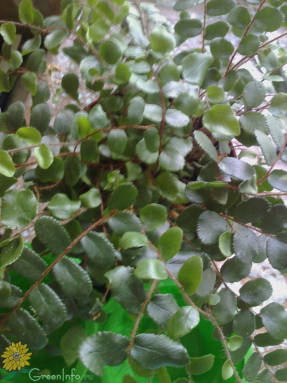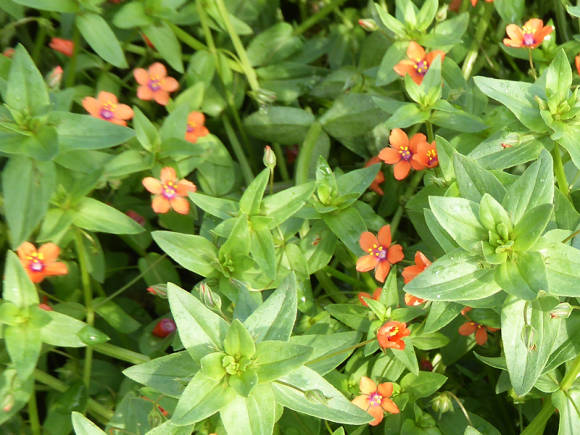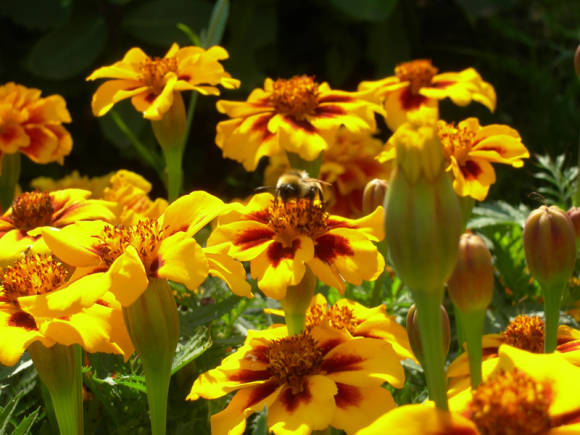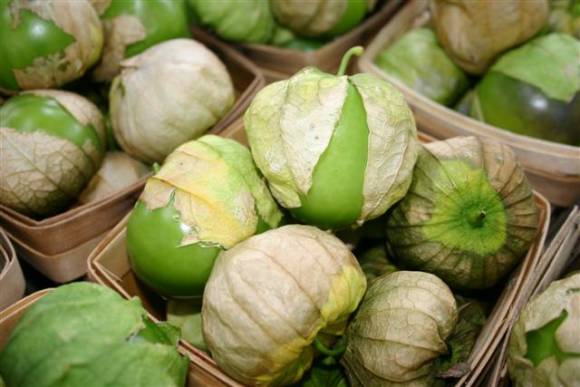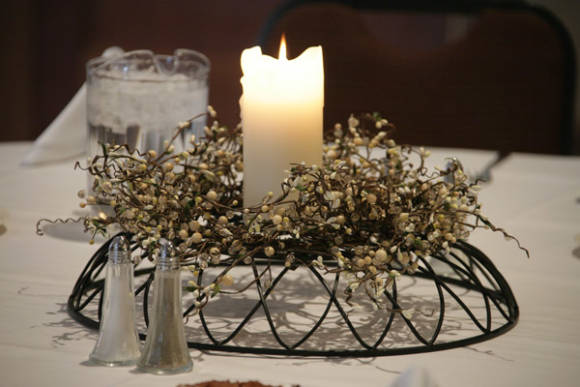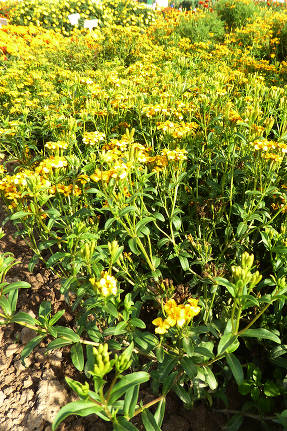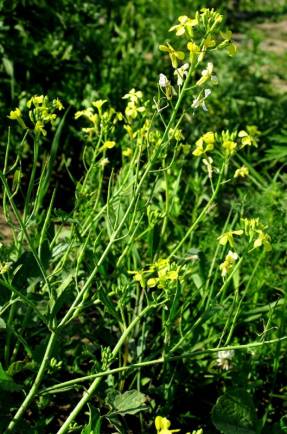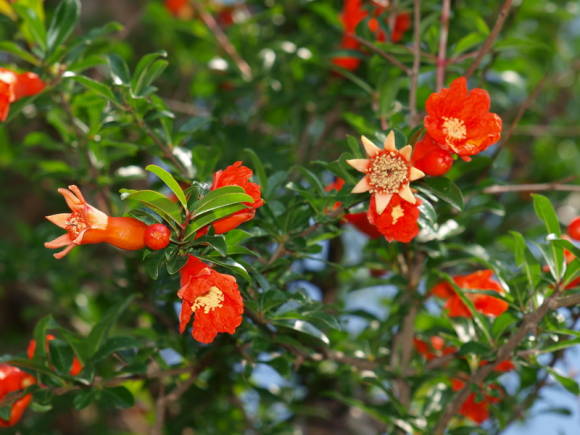
The common bird cherry is probably known to almost everyone from early childhood. She has quite a lot of synonyms in the Latin name, which is associated with the endless reforms of the taxonomy of the Rosaceae family (Rosaceae), in particular - Padus avium Mill., Padus racemosa (Lam.) Gilib., Prunus padus L.
Generic name Padus found in the ancient Greek botanist Theophrastus and, presumably, is associated with the name of the Po river in Northern Italy, along the banks of which the bird cherry grew. Specific scientific name avis translated from Latin means "bird", tk. the fruits of bird cherry are very fond of forest birds: hazel grouse, black grouse, wood grouse and blackbirds.
The Russian name comes from the ancient Slavic word "cherema" - dark-skinned, and is associated with the color of the fruit and bark.
Bird cherry is found in the forest and forest-steppe zones of the European part of Russia, Western and Eastern Siberia, the Far East and the Caucasus. Prefers wet places with close groundwater and fertile soils, that is, river floodplains, lowlands. And in gardens, it is found in a more noble form - there are a number of decorative forms: terry ‘Plena’, spherical ‘Globosum’, ‘Watereri’ with very long, up to 20 cm brushes, which resemble a white waterfall during flowering.
Despite the fact that bird cherry blossoms profusely almost every year, it does not bear fruit every year, since its flowers in some years are damaged by late spring frosts or the crop suffers from numerous pests, in particular, leaf rollers and moths that damage leaves and buds.
According to the bird cherry, according to folk signs, they determine the period of some agricultural work and the types of harvest - "This wheat, when the bird cherry blossoms", "Harvest for bird cherry, and for rye." One of the traditional spring cold snaps is called "bird cherry cold", and after it, according to the same folk signs, is followed by the onset of stable heat.
Outwardly, everyone recognizes the bird cherry - it is a tree or a large shrub 2-15 m in height. The bark is black-gray, cherry-brown on young branches, with whitish-yellow lenticels; the inner layer of the bark is yellow with a characteristic almond odor. Leaves short-petiolate, alternate, oblong-elliptical, slightly wrinkled, thin, sharp, glabrous, sharply serrate at the edges. The flowers are white, fragrant, on stalks, collected in dense drooping racemes up to 12 cm in length, with leaves at the base. The fruits are globular black drupes, sweet and astringent in taste, with a large stone inside.
Blooms in April-June; fruits ripen in July-September.
Medicinal raw materials

The largest reserves of wild bird cherry are concentrated in Siberia. But it is quite enough on the territory of the European part. Therefore, it is not difficult to find medicinal raw materials in nature.
The fruits of the bird cherry are harvested by cutting off or breaking off the whole brush, during their full maturity (from late July to September), in dry, clear weather. With a good harvest, up to 30-40 kg can be harvested per day. The collected fruits are put in baskets or enameled buckets and no later than 3-4 hours after collection they start drying. The bird cherry brushes are dried in ovens or dryers at a temperature of + 40 ... + 50 ° С, spreading them in a layer of 2-3 cm on sieves. It can be dried in the sun or in attics with good ventilation, the main thing is not in the sun, since the anthocyanins contained in the fruits are greatly affected. The dried brushes are rubbed and separate the fruits from the stalks and twigs.
The quality of the raw material of bird cherry fruits is regulated by the State Fund of the XI edition. 2 tbsp. 36 "The fruits of bird cherry", which must contain tannins - not less than 1.7%. And the rest of the plant is used in folk medicine and is currently being actively studied for their scientific use. But in folk medicine, bark and flowers are also harvested, or rather whole inflorescences.
Chemical composition
All parts of the plant contain nitrile glycoside amygdalin, which gives the plant a bitter taste and characteristic almond aroma, and in the human body, in the presence of an enzyme, decomposes into hydrocyanic acid, benzaldehyde and glucose. Usually, amygdalin is present in too little amount to harm the body. In small quantities, it even has a certain healing effect. It has been shown in studies to stimulate respiration and improve digestion, and may also be beneficial in the treatment of cancer. In excess, however, this same glycoside can lead to respiratory failure and even death. That is why it is not worth preserving and storing compotes from bird cherry fruits for a long time.
In case of an overdose, all preparations from the bark, leaves and flowers of bird cherry can also cause poisoning.
The pulp of the fruit contains tannins - up to 25%, sugars (fructose - up to 6.44%, glucose - up to 6.35%, sucrose), pectin - 1.1%, organic acids (malic, citric - up to 260 mg / 100 g), anthocyanins (5.43-16.48%), flavonoids (60-62 mg / 100 g in terms of rutin), vitamins (C, carotenes), phenol carboxylic acids and their derivatives (chlorogenic). Fruits accumulate zinc in significant amounts (6.16 mg / kg). The leaves and bark also contain tannins and the glycoside prulaurazine; Vitamin C (up to 200 mg%) was found in the leaves, and bitter almond oil was found in the leaves, flowers and seeds.
Medicinal properties

People have used the fruits of bird cherry since ancient times, already from the Stone Age, as evidenced by archaeological finds. Applying bird cherry for food, the ancient people could not fail to note their specific astringent taste and subsequent strengthening effect on the gastrointestinal tract.
In the folk medicine of Russia, bird cherry was everywhere considered a good remedy for diarrhea. For these purposes, they used raw or dried fruits, wine tincture from berries (despite the fact that in Russia vodka was called wine). The juice of the leaves and fruits was used to treat infected and festering wounds.
Traditionally, in scientific medicine, a decoction of cherry fruits is used as an astringent for inflammation and disorders of the stomach and intestines, as a remedy for enteritis, dyspepsia of various etiologies; with infectious colitis, dysentery, they are prescribed as an adjuvant. The phytoncidal properties of the plant have been successfully used in the treatment of experimental Trichomonas colpitis and fungal skin lesions. Outwardly, a decoction of the fruits was used for lotions for inflammatory diseases of the eyes.
In folk medicine, bird cherry bark is also used for a fairly wide range of diseases. The bark acts as a mild pain reliever, diuretic, antipyretic and sedative. The infusion is used in the treatment of colds, fevers, etc. The bark is harvested during the flowering period, when it is well separated from the wood from young branches and dried for further use. The leaves are used internally for various types of cough. A decoction of the bark is used as a diuretic and diaphoretic, and also externally against lice. Outwardly, the bark has an anti-inflammatory and antimicrobial effect and is used for inflammatory skin diseases, enlarged pores and acne.
Infusion of flowers in Europe in the Middle Ages was even used as a contraceptive.
When preparing bird cherry for internal use, the dosage must be strictly observed.
For cooking infusion of fruits take 1 teaspoon per 200 ml of boiling water and take an infusion of ½ cup 3 times a day for indigestion, colitis, enteritis. Also, this infusion can be used for joint diseases and colds.
For external use take 20 g of bark per 500 ml of water and treat poorly healing and festering wounds, stitches, bedsores.
For rinsing the eyes you can brew 10 g of flowers in 200 ml of water and use as lotions.
Internal use of preparations from leaves, bark and seeds of bird cherry fruits, as poisonous, requires caution.
Modern pharmacological research gives an idea of the possibilities of using this plant in medicine. In laboratory conditions, studies of extracts from various parts of the plant were carried out and a powerful anti-inflammatory and moderate analgesic effect was revealed when applied externally. Research from the University of Michigan has shown that bird cherry anthocyanins are anti-inflammatory for rheumatoid arthritis and are comparable to those of acetylsalicylic acid, a non-steroidal anti-inflammatory agent traditionally used in these cases. And fresh fruits, eaten, reduce the level of uric acid in the blood and prevent the development of gout.
Due to the content of anthocyanins, a pronounced antioxidant effect is noted in the decoction and infusion of the fruits.
In studies, the bark and flowers, or rather their 70% alcoholic extract, also showed high antioxidant activity, due to the content of flavonoids (isorhamnetin, astragalin, hyperoside, quercetin derivatives), as well as chlorogenic acid.
Other use

In Siberia and the Urals, the fruits of bird cherry are widely used for food. And in Korea, the leaves are even used as a vegetable plant.
In addition, bird cherry is a good honey plant.
In veterinary medicine decoctions of fruits, 1 tablespoon per glass of boiling water (1:20), bird cherry is prescribed inside the calves with diarrhea, they are drunk at the rate of 10 ml per 1 kg of body weight 30 minutes before feeding 3-4 times a day.
And also a branch of bird cherry can be used as a remedy for smoking. After tightening, you need to chew a freshly broken twig. In combination with tobacco, the taste is unpleasant, due to this, a negative reflex to this harmful habit is developed.
The fruits of bird cherry are edible, they can be eaten fresh (you should not just swallow the bones), used to prepare filling for pies, compotes, kvass and jelly, tinting drinks.
See Kvass from bird cherry,
Bird cherry compote,
Kissel from bird cherry,
Filling for bird cherry pies,
Bird cherry jam.
